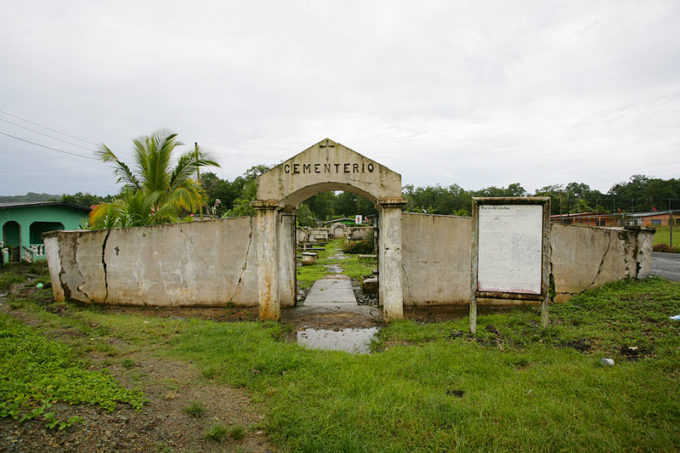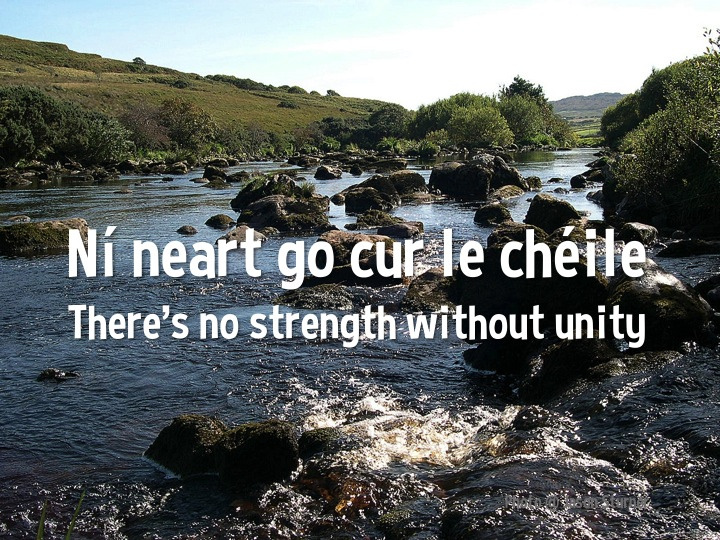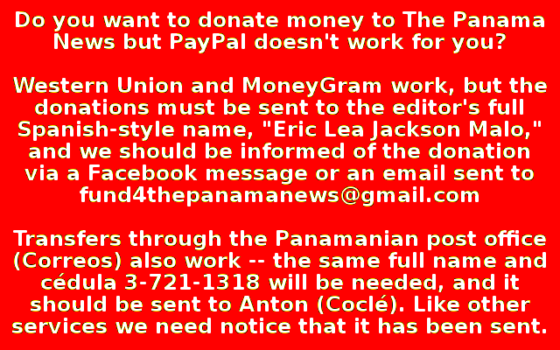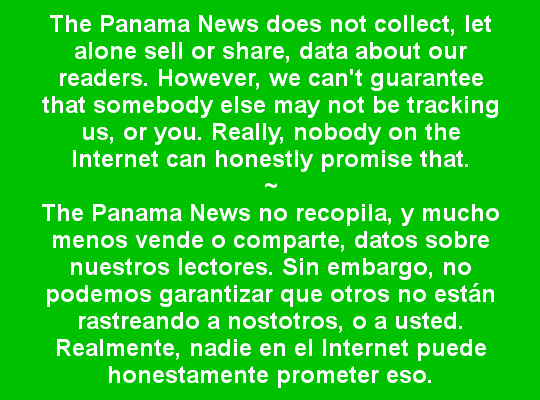
The Panama Canal on the eve of changes
This is an auspicious time for reflection about Panama’s past and future. This time next year, Panama will have a new president and the Panama Canal Authority will have a new administrator.
An important field trip for any Panamanian is to the ruins of Portobelo, and beyond, looking for ruins at Nombre de Dios. It ought to be taken with a good guide, who goes beyond trivial chatter to history. REAL history, not just about the details of how the cannons were fired but into the serious economic matters of bygone times. Military might follows social, economic and technological forces. Without that knowledge there is no understanding of the forces that drove the past, nor can a small nation make intelligent plans for its future.
Why did the era of the great trade fairs end? Why did Nombre de Dios, then Portobelo, fail as commercial and transportation centers? Why was Panama marginalized, reduced to an impoverished backwater status, for more than 100 years? Why is the period between the trade fairs and the railroad a black hole in accounts of Panamanian economic history? The answers are complex. They are not primarily about military power, even if Spain’s weakness against the British did play a role.
A comprehension of those things is a good start when pondering Panama’s present prospects and predicament. We are about to get a new Panama Canal administrator. Not to many months afterward we are about to get a new president of Panama. We have a criminal element to remove from the ACP board of directors. We have a criminal element to remove from the Panamanian government. Those are important matters.
However, as a nation Panama should look well beyond the personalities and do a bit of soul searching. The advantages Panama has enjoyed from its geographical position are not eternal and immutable gifts of God. They are raw materials on which we might build, wisely or foolishly.
Consider, then, the niche industry that the Panama Canal has been in recent times, and the ups and downs of our associated duty-free import and export zones.
The “old” equation if not the original one was that for fragile things like electronic goods, each time that a container was picked up and put down with a crane and then sent on any coast to coast travel on the bumpy US railroad tracks or by truck over potholed US roads there was a certain amount of breakage. Get it to the East Coast from Asia entirely by sea and there would be far less breakage. Asian cars — before the trend to build them nearer where they would be sold — were better sent to a West coast port and taken by land to US showrooms. (Unless, due to problems with the ports or rail / highway connections, there was too much of a West Coast bottleneck.) For bulk stuff like grain, it was and is cheaper to ship all the way on the water if possible.
Less fragile electronic gizmoes? Changes in the materials from which things are made and the places to and from which they need to be shipped? Manufacturing operations that move around for a variety of reasons? A faster and gentler US seaport and land transport network? Climate change affecting where produce is grown and where it is shipped? Coal as a building and manufacturing material (the base for graphites and graphenes) rather than fuel to burn? Ships that are driven by new or modified old propulsion systems, revising the fuel cost calculations about the costs and benefits of using the Panama Canal? Rising seas and inland water issues changing where Americans — or Asians — live? All that on top of new Arctic shipping routes and new transcontinental railways in Eurasia, South America, Africa, and so on? The people at the ACP have pretended that they can predict the relevant changes and plan for them many decades in advance. There are, however, too many variables for that to be true.
The ACP strategic planning has not been about world commerce, it has been about construction contracts and finances, dictated by construction and banking people who dominate the PanCanal board and the Panamanian government. Moreover, in the canal expansion the lion’s share of construction money was in the USA: ports renovated, ship channels deepened and so on, citing the enlarged Panama Canal as the reason.
The outgoing ACP administrator is telling us about the water needs to run yet another new set of PanCanal locks. We know the construction companies’ interest — that would be eternal — but any commercial demand for a fourth set of locks would be a matter of conjecture.
There is more building on the PanCanal wish list. An unlikely ACP bet is a new seaport at Corozal / Diablo. It’s the promise of a navigation hazard and a new bottleneck, at a time when demand is weak.
Instead we should be thinking of expanding the Vacamonte seaport and getting a rail tunnel under the canal to connect that, Howard and Rodman to the container freight rail system on the east side of the canal. THINKING ABOUT. Doing the serious homework. Avoiding facile assumptions. If it gets that far, making backup plans just in case.
Canal and port considerations come at a time of great uncertainty for the Colon Free Zone. Panana places its hope upon China’s intentions to locate distribution centers and manufacture things there. The desires of ountries in northern South America, Central America and the Caribbean for wholesaling and warehousing centers of their own might cut Panama out of many equations. So might policies to manufacture things for domestic consumption in this region instead of in Asia.
On top of the uncertainties the Varela administration is steering us toward a foreseeable disaster by pretending that rising seas are not an issue in Colon. The climate change issue for Colon city and the Free Zone is real and we are seeing its first manifestations. Ultimately it means dikes and levees around Colon or abandoning the place for higher ground.
Like the almost entirely unused airport at Rio Hato, from the point of view of construction companies and of the politicians who take their bribes, almost any big project dreamed up by anyone would be a wonderfully profitable investment. As a nation we shouldn’t think like that. We need to think twice, then think again, about any serious investment that Panama makes, lest it fail or lest we pass up a far more useful investment. Just because we have a Chinese line of credit does not change this basic math.
The limits to failed projects and misguided priorities are measured as the national debt. Yes, we have new lines of credit. But Beijing is not a sugar daddy. It is the capital of a great nation with its own interests and imperatives. One of China’s interests will be an expectation that any loans it makes to Panama will be repaid.

Bear in mind…
~ ~ ~
These announcements are interactive. Click on them for more information.












